SCOPE OF TRADITIONAL SMALL MEDICINES IN A DRUG DEPENDANT PATHOLOGY OF CHOLELITHIASIS
ABSTRACT:
Background: Gall stone disease is a major medical problem worldwide. High biliary protein and lipid concentrations are risk factors for formation of gallstones. Gall bladder sludge is the usual precursor to gall stones.[i] Between 37 and 86% of gallstones are cholesterol-rich stones, 2-27% are pigment stones and 4-16% are mixed. The conventional treatment for gallstones is unfortunately only surgery. In patients with acute pancreatitis and evidence of ongoing bile duct obstruction and/or cholangitis, endoscopic retrograde cholangio-pancreatography and biliary sphincterotomy is recommended within 24-72 hours of the onset of symptoms. Patients with acute cholecystitis are invariably referred for laparoscopic cholecystectomy. [ii] Homoeopathy can offer a solution even in pain killer dependant cases of Cholelithiasis.
Materials and methods: Clinical efficacy of Homoeopathic medicine Fel tauri in a drug dependant case of cholelithiasis was done after confirmatory diagnosis by USG. Follow ups were done every month which showed gradual improvement in pain & general health.
Results: USG was repeated after Homoeopathic treatment which showed no abnormality. This was the confirmative clinical diagnosis in addition to general improvement observed after treatment.
KEYWORDS: Homoeopathic treatment, Cholelithiasis, Fel tauri, Nux Vomica, Organopathics.
Mr.B.S. 30 yrs. old, came to me first on 03rd September, 2016, complaining as follows:
- Recurrent pain in the right side of upper abdomen with eructations and sleepiness after eating meals. He also felt sleepy after an episode of pain.
- Poor appetite with sour regurgitations and water brash.
- Constipation with offensive smell in stool.
- Chilly patient.
- Likes spicy food, sweet ++, warm food ++, likes meat.
- Thirst: More, drinks 5L/Day.
- General Tendencies: Catches cold easily with recurrent fever.
- Temperament: Irritable with a tendency to hit others and break things. Impatient and aversion to company.
- Fear: of darkness.
- Family History: (i) Father died at the age of 59 with asthma. (ii) Mother died of Hepatitis at the age of 48.
- USG report showed hepatomegaly and few micro calculi in GB.
Patient was on conventional painkillers thrice a day for the biliary colic for past one month. Due to heavy dependence on painkillers, even after spending considerable amount of time with the patient, he was unable to express symptoms which was of homoeopathic significance.
Hence, the case was opened with a lesser known medicine on the basis of few available symptoms that corroborated with the patient’s totality.
PRESCRIPTION CHART
| Dates | Points in favour of the prescription/Follow up notes | Prescribed Medicine |
| 03 Sept 2016 | Tendency to sleep after eating. Frequent eructations.[iii] | Fel Tauri 3x |
| 01 Oct ‘16 | The severity of the pain had reduced. He was taking the painkillers once a day. | Fel tauri 3x |
| 04 Nov ‘16 | The intensity and frequency of pain had reduced. He had taken the painkillers only 2-3 times in the past 1 month. | The entire case was gone through again and a re-analysis was done so as to select a polychrest. |
Mr.B.S. was instructed on Sept 03,2016 that when he is having the attack of biliary colic and in need of a conventional painkiller, he can take Fel tauri 3x trituration[iv] (one fourth teaspoon in half cup of lukewarm water) and try to defer taking the conventional medicine as much as he can.
In the first follow up, Mr. B.S who used to take painkiller 8 hourly could, with the help of homoeopathic medicine now defer the painkiller to 24 hourly. In this way about 66% of the conventional medication was gradually weaned off in a month’s time.
In the second follow up, Mr.B.S. had withdrawn more than 90 % of the medication. The intensity of pains was less severe and whenever he had the pains, he took Fel tauri 3x which gave him instant relief.
The administration of Fel tauri followed the three basic Homoeopathic principles: Law of Similia (based on few available symptoms), Law of Simplex (one single simple substance administered) and Law of Minimum (3X in Decimal Scale). [v]
After the patient has weaned off approximately 50% of the conventional medicine, suppressed symptoms surface and the patient can give much clearer modalities and sensations.
The case was re-evaluated again on 04th Nov.,2016 and a change in plan of treatment[vi] was made.
CASE TAKING ON 04TH NOV.,2016
- Although the severity of the abdominal pain was much better but now he added the modality that the pain was ameliorated by vomiting.
- Nausea along with abdominal pain also relieved by vomiting.
- Flatulence and eructations with heaviness in the epigastrium.
- He also mentioned that the initiation and flaring up of gastric symptoms was after he had started taking the conventional painkillers.
- Appetite: Poor.
- Sweat: Normal.
- Stool & Urine: Constipated with sensation as if not finished with offensive smell.
- Sexual Function: Nothing abnormal is noted.
- After eating eggs, there is some irritation and discomfort in the skin.
- Sleep & dream: Occasionally disturbed.
MIASMATIC INTERPRETATION
PSORIC PREPONDERANCE:
(1) Flatulence (Lack of peristalsis or digestion) (2) Low appetite (Lack=Hypo=Psora) (3) Constipation with sensation as if not finished (4) Catches cold easily (Lack of immunity).[vii]
SYCOTIC BACKGROUND:
(i) Gall Bladder stone. (Excess=Sycosis) (ii) Heaviness in the epigastrium. (iii) Relief by vomiting. (Amelioration by unnatural discharge)[viii]
PRESCRIPTION CHART
| Dates | Points in favour of the prescription/Follow up notes | Prescribed Medicine |
| 04 Nov 2016 | Conventional painkillers had triggered the onset of abdominal symptoms.Abdominal pain ameliorated by vomiting.Heaviness in the epigastrium.After stool, sensation as if not finished.Irritable, impatient and aggressive.Chilly patent.Likes spicy, meat[ix] | Nux Vomica 30/1 Followed by Nux Vomica 200/1 |
| 06 Dec ‘16 | Abdominal pain and heaviness were 60% >.Stool was regular.Appetite was still poor. | Placebo |
| 31 Jan ‘17 | His condition was standstill since last visit and he said appetite was almost nil. He had no desire to take any food. | Nux Vomica 200/1 |
| 18 March ‘17 | As a whole 80% >.Appetite has improved as well. Follow up USG had been done which showed normal findings. | Placebo |
PRESCRIBING METHODOLOGY-
At the start of treatment, patient was pain killer dependent.

The artificial chronic disease was superimposed on the original natural disease, therefore symptoms were contaminated or suppressed and the patient could not give a clear picture for a constitutional medicine as well as the modalities of the pain and sensations were masked.[x]

Therefore, Fel tauri was prescribed on the basis of few available symptoms (Frequent eructations and tendency to sleep after eating).3x potency was chosen so as to stimulate the gall bladder as an organopathic[xi].

Accordingly, the conventional painkiller was gradually withdrawn.

After approximately 50-60% weaning off of the conventional medicine, suppressed symptoms surfaced and now the patient could give much clearer modalities (> vomiting) and sensations (Heaviness in abdomen and sensation as if not finished after stool).

This led to making a change in the plan of treatment and on the basis of ‘MTEK’[xii] a polychrest, (Nux Vomica) as discussed above, could now be selected.
M = Miasmatic Totality
T = Totality of Symptoms
E = Essence (should include gestures, postures, behaviours etc)
K = Keynotes (which should encompass PQRS symptoms, refer §153 and §209 of Hahnemann’s Organon)
GUIDELINES IN THE ORGANON-
In Aphorism 91 of Organon[xiii], Hahnemann clearly mentions about prescribing for natural disease and not for conjoint disease (where the drug induced artificial chronic disease is super-imposed on natural disease and patient cannot give us a clear picture e.g. modalities, sensation or characters of pain etc.). For example, in a pain-killer dependant migraine case, you ask the patient about the character of the pain (e.g. whether it is stitching, tearing, throbbing, dull aching, bursting, fullness etc) or you ask the modalities (e.g. if the pain is better by cold or warm application/flannel; how about the open air, warm room etc.) and the patient replies, whenever I have the pain, I take the pain killer; so, I don’t know! Therefore, you cannot frame an uncontaminated picture of the disease, as you are unable to complete the symptoms with sensations, modalities etc. to prescribe your powerful polychrest.
In § 174-178,[xiv] Hahnemann mentions that in one sided cases we can prescribe on the few available symptoms provided they are striking and characteristic.
UTILITY OF ORGANOPATHICS-
In such situation, which is common in the present drug dependant world, on the basis of the few available symptoms, prescribe an organopathic medicine[xv] (as discussed here) and start gradual weaning off the conventional medicine. You may think that, it can be risky, but have the confidence that the patient has come to you because s/he is tired of the ever-increasing dosage of the conventional medication or its side effects. So, as soon as you have given the control of reducing the dosage in the hand of the patient; their will power also helps them in a positive way.
They also get the confidence that (a) yes, I can control the dosage and may take fewer chemicals; (b) there are alternatives to manage my problem and (c) homoeopathy is working for me! The weaning off will be very gradual, e.g. for a pain killer dependant migraine case, say the patient is taking pain killer every 8 hourly; select an Organopathic homoeopathic medicine and ask the patient that whenever s/he have the pain, can take homoeopathic medicine, which is selected by you in accordance with the few available symptoms and try to defer (even 1 or 2 hours) the conventional medicine as much as s/he can. When he can’t anymore, take the pain killer; as homoeopathy will take some time and our main motto is to reduce the medication and get the uncontaminated picture of the natural disease. In this way, the pain-killer dependent patient who used to take the medication 8 hourly can, with the help of homoeopathic medicine now defer the pain-killer to 10 or 12 hourly, then 24 hourly and so on. In this way, the conventional medication can be gradually reduced or weaned off, if the patient wants (with the consent of the patient &/or GP).
So please prepare the patient for receiving the polychrest (PPPP)!
Through this approach, not only does the patient gains immediate confidence that homoeopathy is acting, but has also weaned off the conventional medication to a certain extent.
Conclusion:
In Cholelithiasis, it is not surprising that there are no simple solutions. Literally thousands of studies have been conducted on gallstones but the obvious answer in conventional treatment is invasive i.e. surgery. Through this paper, there has been an honest effort to highlight the effect of Homoeopathic medicines in Cholelithiasis and address one of the common ailments plaguing the 21st century.
To assess the improvement in the clinical condition of patient USG findings at the beginning and end of treatment was considered in addition to his presenting symptoms.
In this study, there were no adverse effects after medication.
The study within a short period reflected the utility of homoeopathic prescribing following strict homoeopathic principles in a Drug Dependant case of Cholelithiasis.
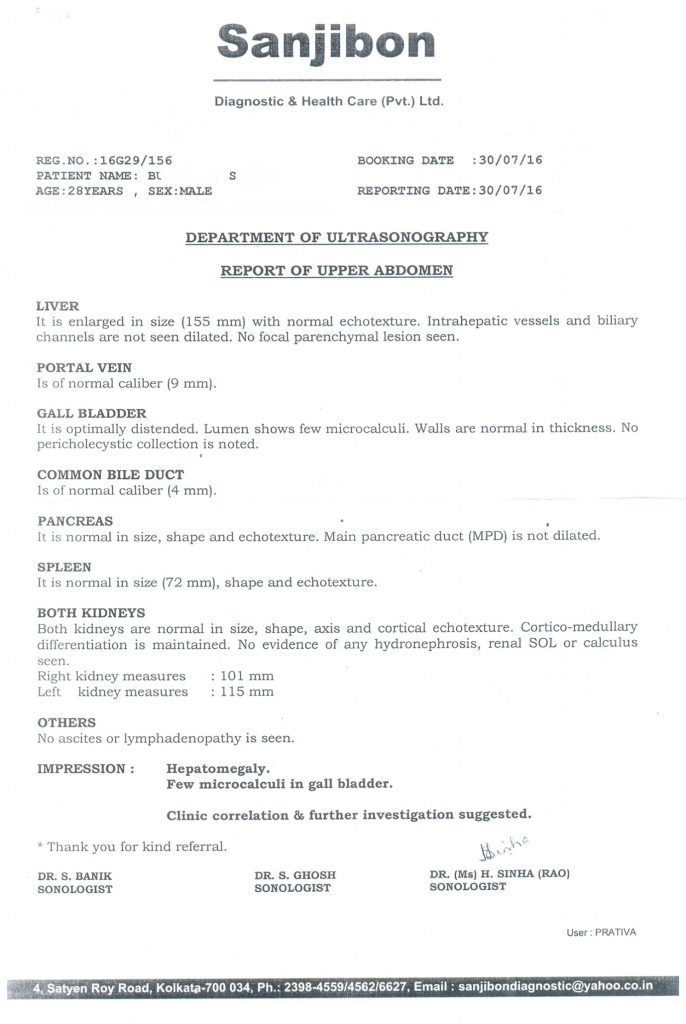
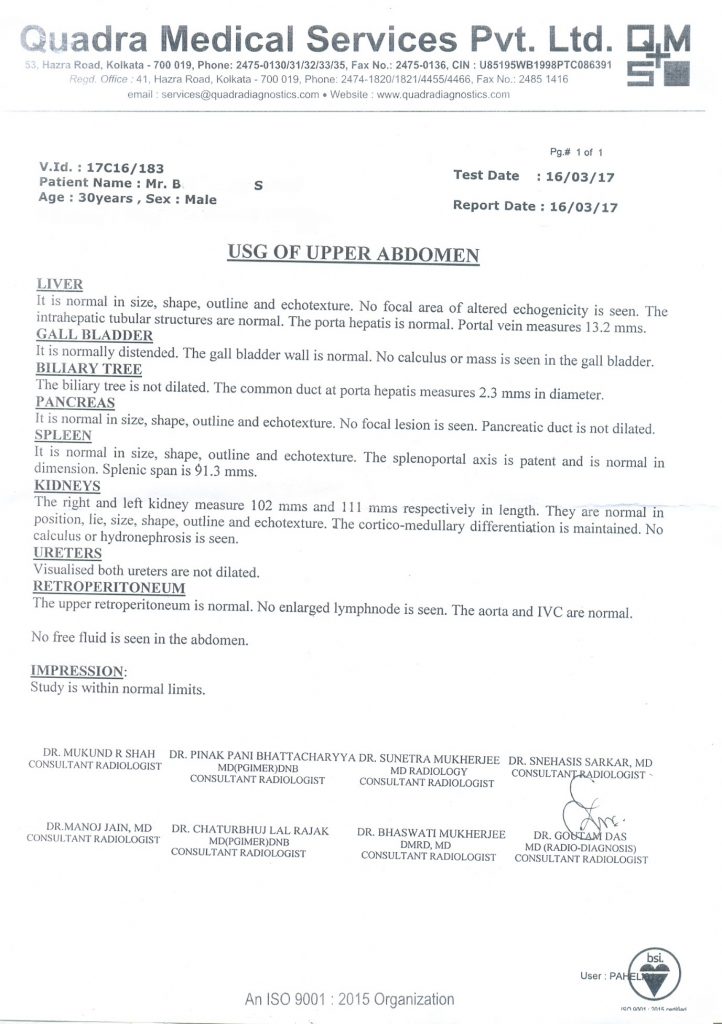
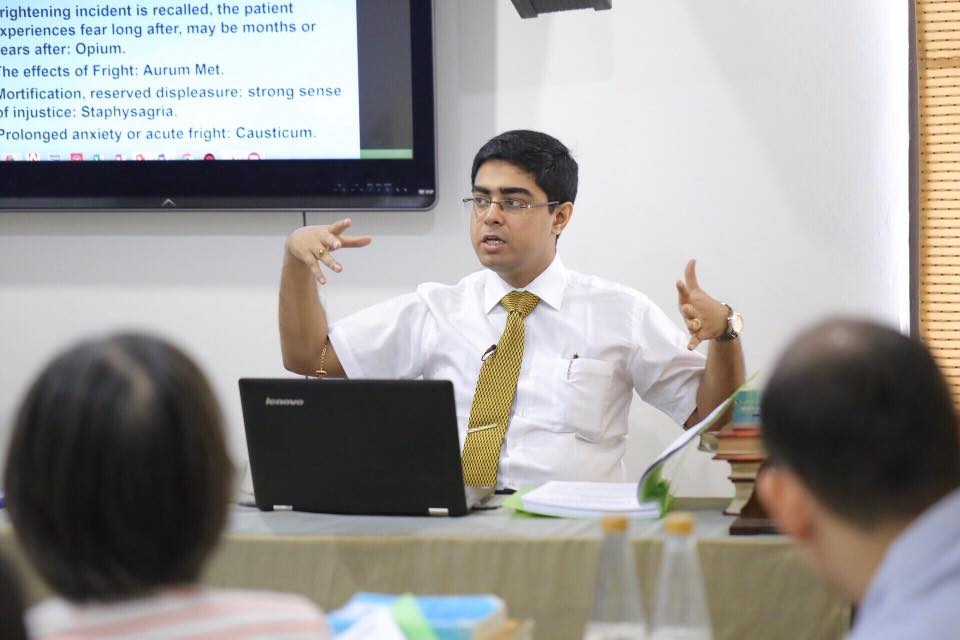
About the author
Dr. Saptarshi Banerjea, Gold Medallist, BHMS (Honours in Nine Subjects of Health University) & M.D.(Hom.), Lectured at- Texas Society of Homoeopathy(Houston), U.S.A. Lecturer-Orawan Holistic Institute, Bangkok, Thailand. Visiting Lecturer-Allen College of Homoeopathy, Essex, England. E-mail: dr.saptarshib@gmail.com , Web-link: http://homoeopathy-course.com/index.php/about-us/dr-saptarshi-banerjea
Dr. Saptarshi Banerjea was born in Calcutta, India, the fifth generation of a distinguished and widely respected homoeopathic family. His insights into prescribing with his magnificent grasp of the nuances of Materia Medica make his lectures wonderfully rewarding and gives him the confidence in prescribing especially in cases with pathology. He acts as Clinical Consultant in various rural and slum clinics. In India, he often sees around 50 patients a day in his medical centres. Such volume requires the use of extensive ready knowledge of Clinical and Comparative Materia Medica coupled with profound intuition and application of ancestral wisdom. Saptarshi inherits his clinical acumen and wisdom from his illustrious father, Dr. Subrata K. Banerjea, the successful Clinician & internationally respected teacher of Miasms and author of widely acclaimed books, “Miasmatic Prescribing”; “Authentic Cures”.
[i] Gabriel Njeze.Gallstones. Niger J Surg. 2013 Jul-Dec; 19(2): 49–55.. [PubMed]
[ii] Lee JY, Keane MG, Pereira S.Diagnosis and treatment of Gall stone disease. Practitioner. 2015 Jun;259(1783):15-9, 2. [PubMed]
[iii] Boericke W. Pocket Manual of Homeopathic Materia Medica. Kent, England:
[iv] Clarke JH.GunPowder as a War Remedy.How GunPowder is to be taken.
[v] Roberts HA. The Principles and Art of Cure by Homoeopathy.Homoeopathy and the Fundamental Laws. Reprint Edition. New Delhi: Indian Books & Periodicals Publishers; May 2006:
[vi] Kent JT. Lectures on Homoeopathic Philosophy. New Delhi: B. Jain Publishers Pvt. Ltd; 2010
[vii] Speight P. A Comparison of the Chronic Miasms.London. The Book Service Ltd; 2012:135-211
[viii] Hahnemann S. The Chronic diseases, their peculiar nature and their homoeopathic cure (translated from the 2nd enlarged German edition by Prof. H. Tafel Louis). New Delhi -B. Jain.
[ix] Boericke W. Pocket Manual of Homeopathic Materia Medica. Kent, England:
[x] Hahnemann S. Organon of Medicine. Translated from the 5th Edition with Appendix by R.E. Dudgeon. New Delhi; B. Jain Publisher Pvt. Ltd.; 2013.
[xi] Burnett JC.Curability of Tumors. New Delhi; B. Jain Publisher Pvt. Ltd.
[xii] Banerjea K.Subrata Miasmatic Prescribing.Second Extended Edition. New Delhi; B. Jain Publisher Pvt. Ltd
[xiii] Hahnemann S. Organon of Medicine. Translated from the 5th Edition with Appendix by R.E. Dudgeon. New Delhi; B. Jain Publisher Pvt. Ltd.
[xiv] Hahnemann S. Organon of Medicine. Translated from the 5th Edition with Appendix by R.E. Dudgeon. New Delhi; B. Jain Publisher Pvt. Ltd.
[xv] Mathur KN.Systematic Materia Medica of Homoeopathic Remedies.

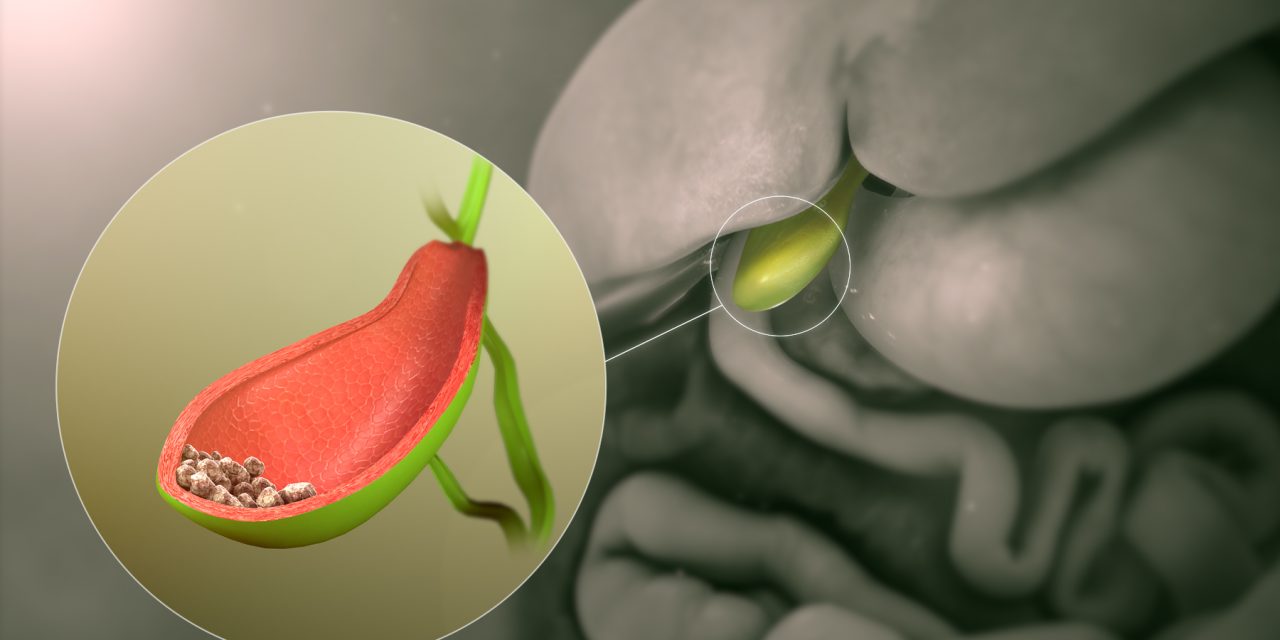


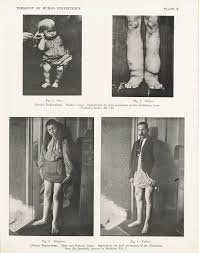

Beneficial information. Thanks a lot!
do my essay now where to buy essay write my essay online for cheap
You actually explained that terrifically.
someone write my essay for me pay people to write essays help me write a resume for free
Regards, A lot of content!
cheap write my essay buy essays online no plagiarism do essay for me
Terrific postings. Cheers.
write my law essay uk buy narrative essay online geographical essay book writer name
Whoa lots of useful material!
what should i do my essay on college essay for sale write essay
Great info. Thank you!
someone to do my essay for me cheap buy custom essay online how do i start my essay introduction